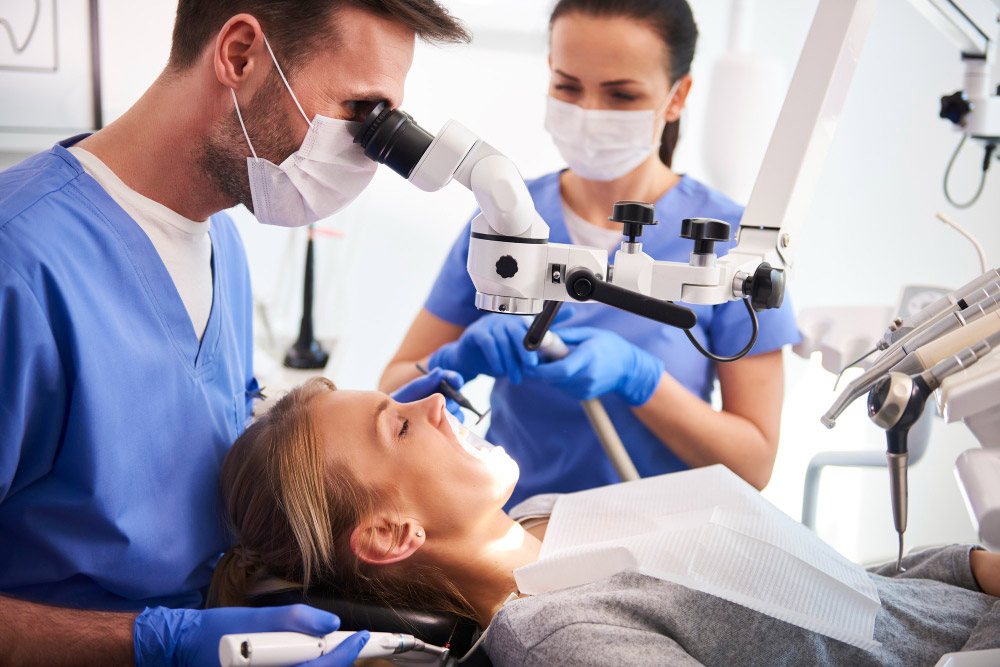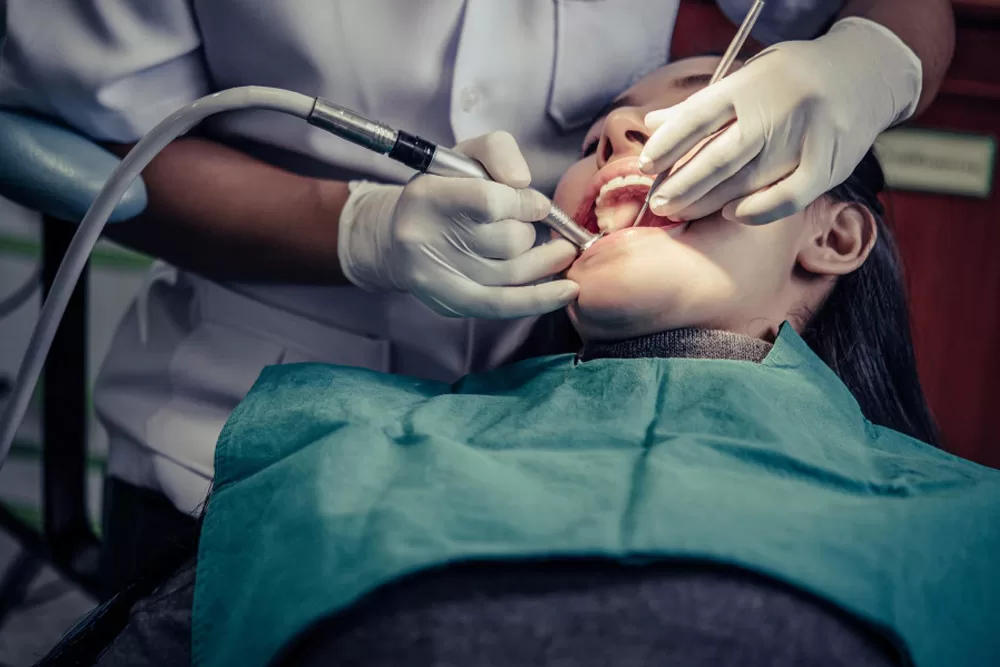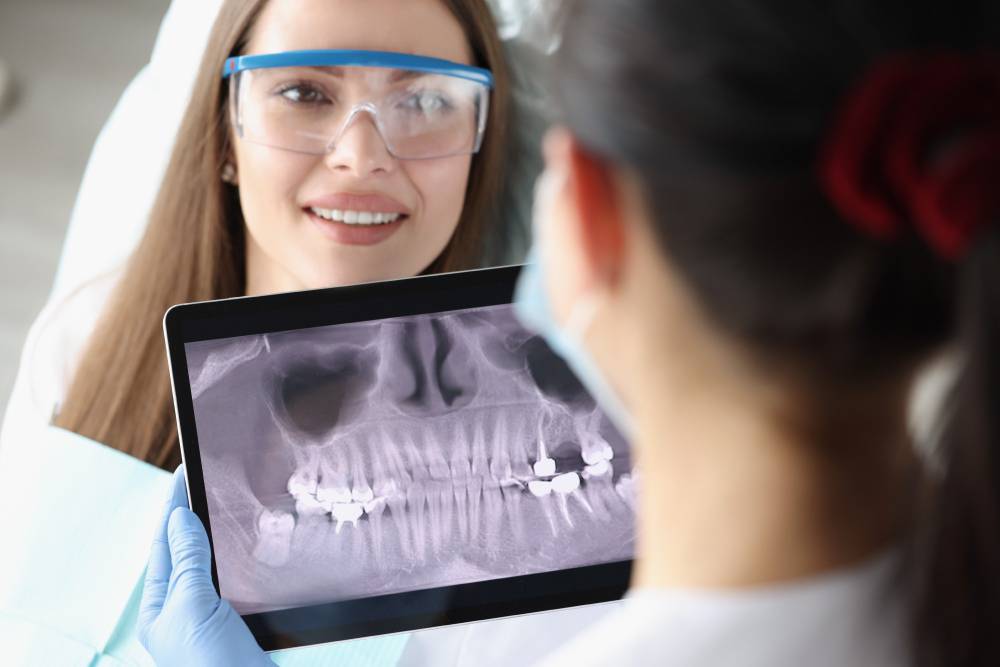The field of dentistry is undergoing a remarkable transformation, driven by technological advancements and changing patient expectations. Today, dental professionals are not just focusing on treating dental issues but are also embracing innovative approaches to enhance patient care, comfort, and treatment outcomes. This blog explores the forefront of these innovations and trends in modern dentistry, highlighting how they shape the future of dental care.
1. The Digital Revolution in Dentistry
Digital technology has revolutionised many aspects of dentistry, bringing unprecedented precision and efficiency. Key advancements include:
- 3D Printing: This technology has significantly impacted dental prosthetics and orthodontics, allowing for the rapid and accurate production of dental crowns, bridges, and aligners.
- Digital Impressions: Gone are the days of uncomfortable traditional moulds. Digital impressions provide a more comfortable experience for patients and more accurate data for dentists.
- CAD/CAM Technology: Computer-Aided Design and Computer-Aided Manufacturing have transformed the creation of dental restorations, enabling same-day dental repairs and restorations that once took weeks.
In Australia, the adoption of these technologies aligns with the Australian Dental Association’s emphasis on improving dental care standards, ensuring that patients receive the best possible treatments.
2. AI and Machine Learning in Dental Care
Artificial intelligence (AI) and machine learning are starting to play significant roles in dentistry:
- Diagnostics and Treatment Planning: AI algorithms can assist in diagnosing dental conditions from x-rays and scans more accurately and swiftly than ever before.
- Patient Management: Machine learning tools are being developed to predict patient outcomes, personalise treatment plans, and manage patient data more effectively.
These technologies not only enhance the efficiency of dental practices but also improve patient outcomes, making them a growing focus in Australian dental care.
3. Advances in Cosmetic Dentistry
Cosmetic dentistry is one of the most rapidly evolving fields, with several innovations:
- New Materials for Veneers and Whitening: There are now more options than ever for materials that are both aesthetically pleasing and durable.
- Advancements in Orthodontics: Clear aligners, for example, have become a popular alternative to traditional braces, offering a less visible and more comfortable teeth-straightening solution.
These advancements reflect a growing demand for aesthetic dental treatments, with Australian dentists continually updating their practices to include these new and improved options.
4. Teledentistry and Remote Consultations
Teledentistry has gained significant traction, particularly in a country as vast as Australia, where access to dental care can be challenging in remote areas:
- Benefits of Teledentistry: This approach has made dental consultations more accessible, allowing patients to receive preliminary assessments, follow-up care, and advice without having to travel long distances.
- Changing Patient-Dentist Interactions: Remote consultations are reshaping the traditional dentist-patient relationship, offering convenience and efficiency.
Australian dental governing bodies and associations are recognising the potential of teledentistry in bridging the gap in dental care access, especially in rural and remote communities.
5. Minimally Invasive Dentistry
Minimally invasive dentistry is a trend gaining momentum, focusing on preserving as much of the natural tooth structure as possible. This approach includes:
- Preventive Care: Emphasis on early detection and prevention of dental issues to avoid extensive procedures.
- Innovative Treatment Options: Utilising techniques such as air abrasion, laser dentistry, and sealants that require less drilling and are less invasive than traditional methods.
Australian dental practices are increasingly adopting these techniques, aligning with the guidelines set by the Dental Board of Australia, which advocates for patient-centred care that minimises discomfort and recovery time.
6. Sustainable Practices in Dentistry
Sustainability in dentistry addresses environmental concerns associated with dental practices. In Australia, there’s a growing trend towards eco-friendly practices, including:
- Eco-Friendly Materials: Use of biodegradable and non-toxic materials for dental products and equipment.
- Waste Reduction Strategies: Implementing recycling programs and reducing single-use plastics in dental offices.
These practices not only contribute to environmental sustainability but also resonate with the eco-conscious values of many Australian patients.
7. The Evolution of Dental Implants
Dental implants have seen significant advancements in terms of materials and techniques, leading to improved success rates and patient outcomes:
- Advancements in Implant Materials: Development of new alloys and bioactive materials that integrate better with the jawbone and reduce the risk of rejection.
- Improved Techniques: Innovations in surgical techniques that make implant procedures less invasive and more predictable.
These advancements are particularly relevant in Australia, where the aging population and the increasing demand for long-lasting dental solutions drive the need for advanced implant technologies.
8. Patient Experience and Comfort
Enhancing patient experience and comfort is a key focus in modern dentistry, with innovations including:
- Pain Management Techniques: Advances in local anaesthetics and sedation methods that make dental procedures more comfortable.
- Patient Relaxation Technologies: Use of tools like virtual reality headsets and noise-cancelling headphones to help patients relax during treatment.
Dental practices in Australia, such as Care For Smiles in Fairfield, Victoria, are adopting these technologies to ensure that patients have a positive and comfortable experience during their dental visits.
9. Preparing for the Future
The future of dentistry is bright, with continuous learning and adaptation being essential for dental professionals. Staying abreast of emerging trends and technologies is crucial for providing the best possible care:
- Continuous Professional Development: Australian dentists are encouraged to engage in ongoing education and training to keep up with the latest advancements.
- Embracing New Technologies: Adoption of new technologies and practices will be key in advancing the field and meeting the evolving needs of patients.
In summary, the field of dentistry is undergoing significant changes, with innovations enhancing every aspect of dental care. From the adoption of digital technologies and sustainable practices to advancements in cosmetic and implant dentistry, these trends are shaping the future of oral health. For patients seeking comprehensive and forward-looking dental care, establishments like Care For Smiles in Fairfield, Victoria, offer a glimpse into the future of dentistry, combining expertise with the latest in dental technology and patient care practices.
FAQ
1: What are the latest technological advancements in modern dentistry?
Modern dentistry is experiencing a digital revolution with advancements such as 3D printing for prosthetics, digital impressions, CAD/CAM technology for restorations, and the use of AI for improved diagnostics and treatment planning. These technologies enhance the precision and efficiency of dental treatments, offering patients high-quality care.
2: How is artificial intelligence (AI) being used in dentistry?
AI in dentistry is used in various ways, including in the analysis of dental images for more accurate diagnosis, predicting treatment outcomes, and managing patient data. AI-driven tools assist dentists in identifying issues that may not be immediately apparent to the human eye, thereby improving the overall quality of care.
3: What are the benefits of minimally invasive dentistry?
Minimally invasive dentistry focuses on preserving as much of the natural tooth structure as possible. The benefits include reduced discomfort during and after treatments, shorter recovery times, and a lower risk of complications. It often involves preventive measures and the use of gentle techniques such as air abrasion and laser dentistry.
4: Can dental procedures be eco-friendly?
Yes, there’s a growing trend towards eco-friendly dental practices. This includes the use of sustainable materials in dental products, implementing waste reduction strategies, and adopting energy-efficient practices. These efforts help reduce the environmental impact of dental treatments and appeal to eco-conscious patients.
5: What innovations are improving patient comfort in dental treatments?
Modern dentistry has introduced several innovations to enhance patient comfort. This includes advanced pain management techniques, such as more effective local anaesthetics and sedation options. Additionally, many dental clinics now use tools like virtual reality headsets and noise-cancelling headphones to help patients relax and reduce anxiety during treatments.


